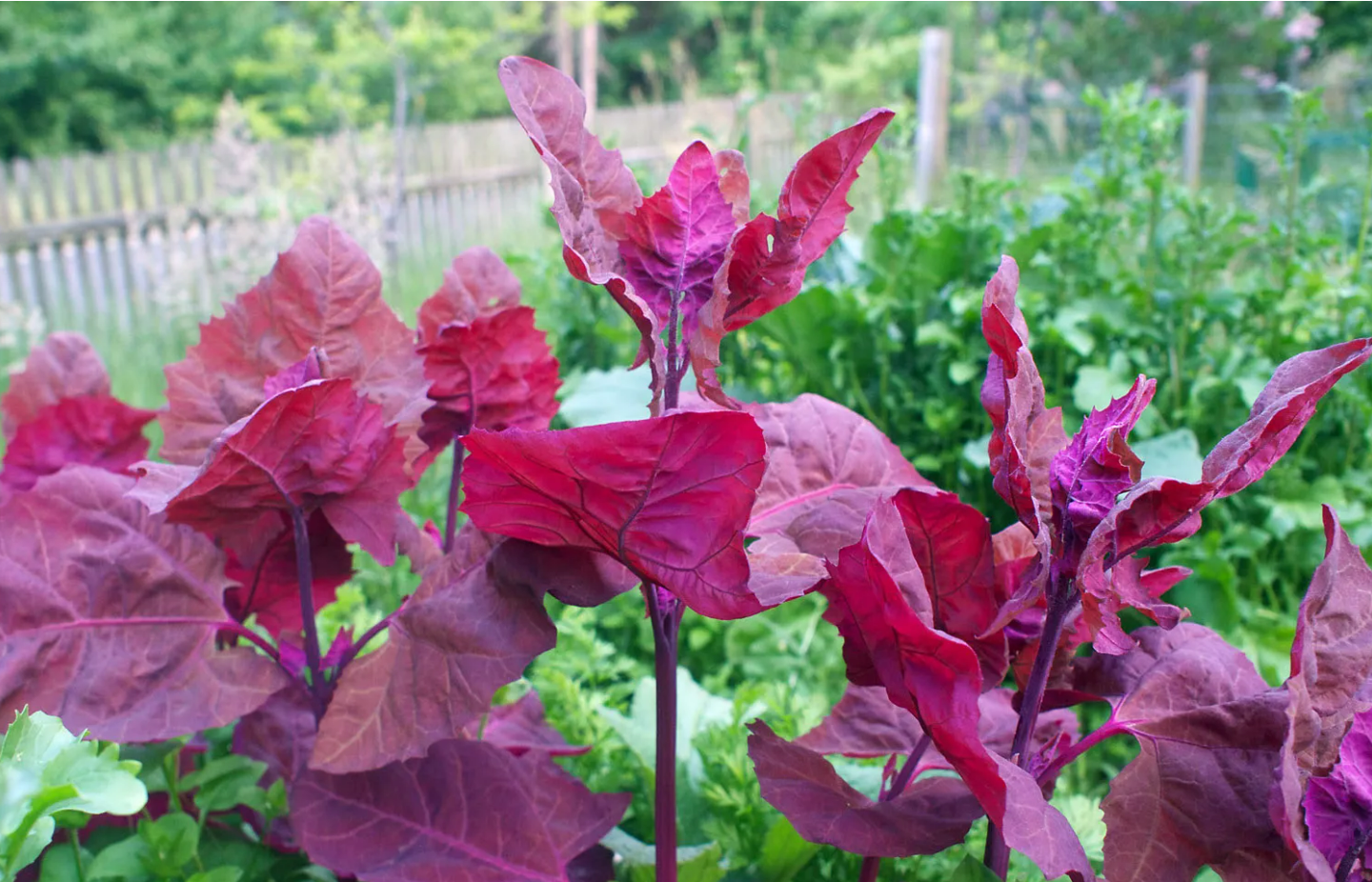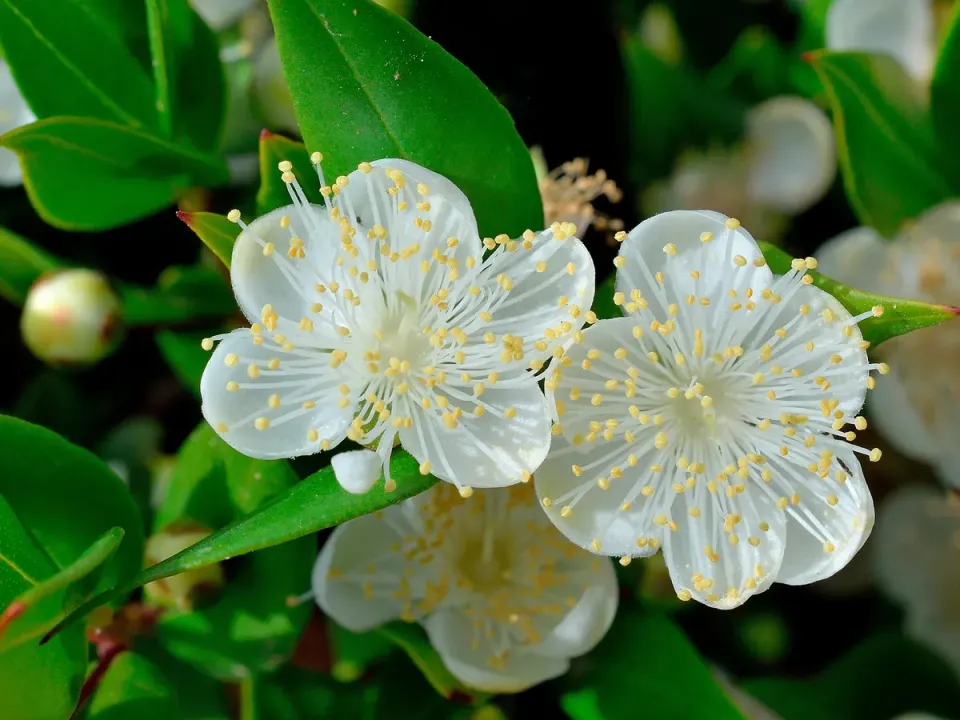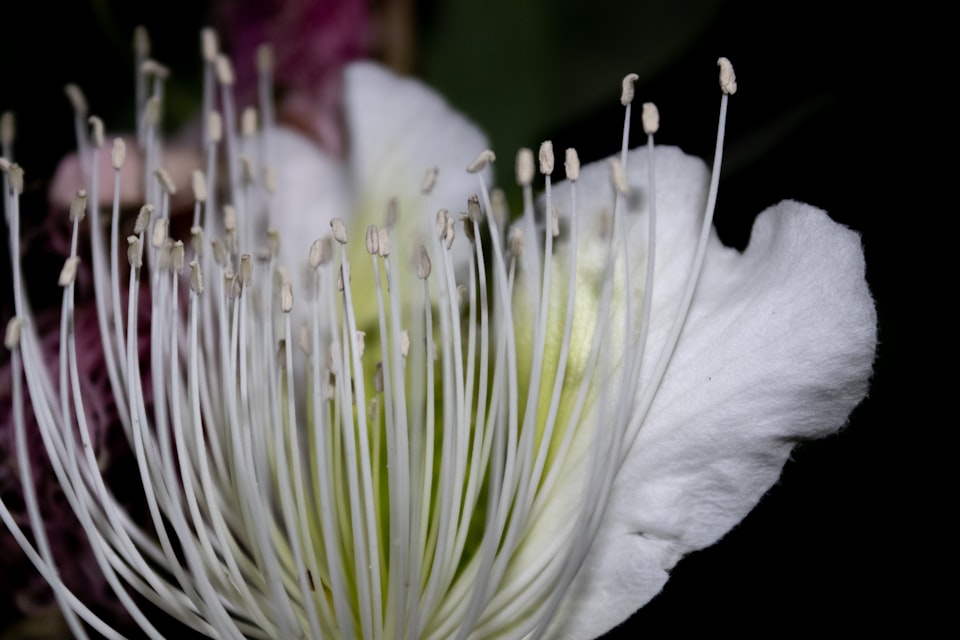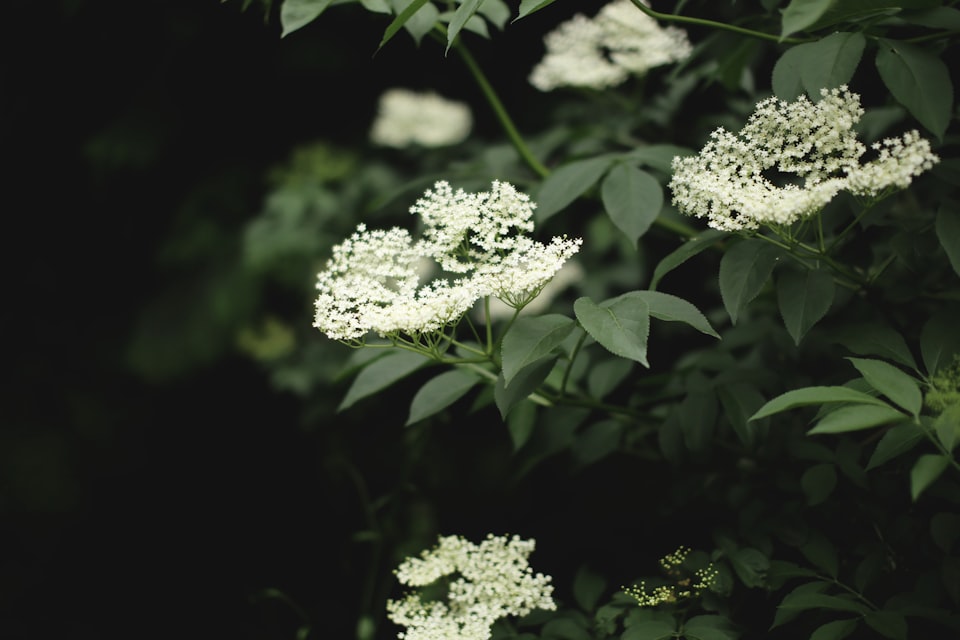IX: Orache
Back to Australia and miraculous old man saltbush.

Good morning. Today is nonidi, the 19th of Floréal, Year CCXXXI. We celebrate l'arroche, a salty seaside bush.
Yesterday focused on the finicky goldmines of Victoria, Australia. Today, let's travel outward to the real motherlode of Australian mining history, the opal field. Prior to the discovery of opals' abundance in South Australia, New South Wales, and even as far north as Queensland, the only place European countries could reliably source was a small pocket in modern-day Slovakia, so opals were known as the most precious gemstone and a favorite of all the queens in Europe.
They were also the patron gemstone of thieves – their shimmering of all the colors in the spectrum was thought to unlock any gem the holder put into their mind, and if you wrapped an opal in a bay leaf, you were supposed to turn invisible.
The hunt for black opals led to many settlements in the Australian outback which displaced the aboriginal people living in the area and contributed to the environmental degradation of the continent's unique ecosystem. Let's zoom in on the border of New South Wales and Queensland, to a tiny settlement called Lightning Ridge.



